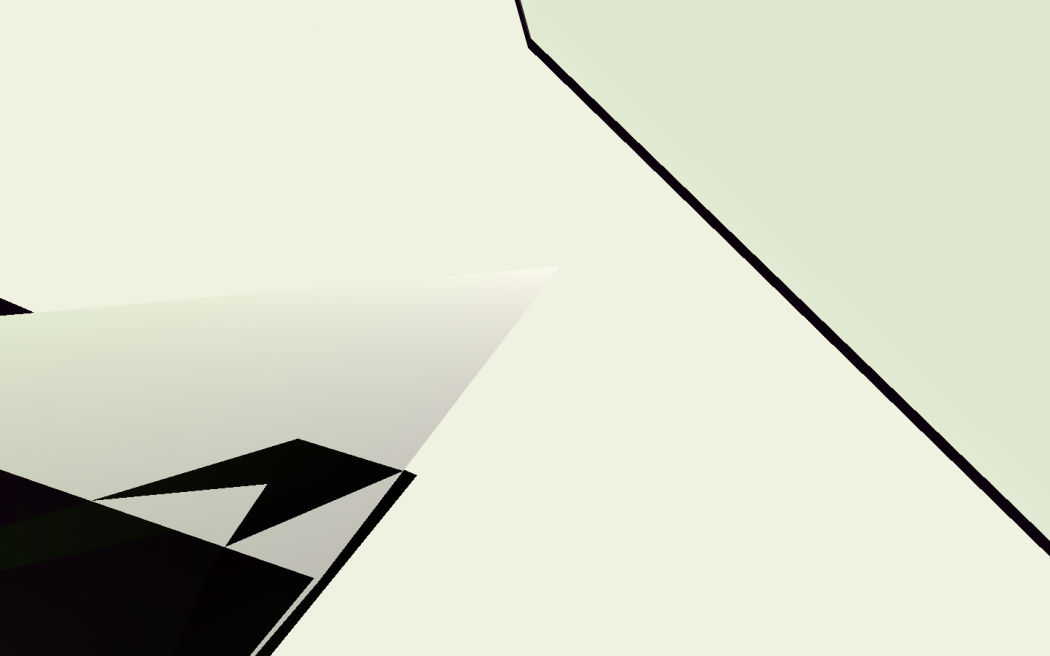By the mid 1970’s, Rock & Roll sounded nothing like the energetic blues-inspired pop songs after which the genre was named. The soundscape was now made up of concept albums, rock operas, synthesizers and 30 minute ballads. The music was elaborate and pretentious, carefully constructed by trained musicians and backed by symphony orchestras.
Then a bunch of angry teenagers yelled into their mics, strangled their guitars and killed rock and roll forever. They were fast and cheap and young and refused to compromise. Punk music made people remember what they had loved about rock in the 50’s and 60’s; the raw energy, the excitement, the emotion, the counterculture.
The game industry today shares many qualities with the bloated, elaborate, high-concept music industry of the 70’s. Budgets are skyrocketing, endless sequels are the norm, and team sizes range in the hundreds. At the same time, many of us pine for the kind of games we grew up with, the ones that made us fall in love with the medium in the first place. As Greg Costikyan put it:
You love games. You sometimes despair at the conventional game market. You look to the fringes — to indie games, to tabletop, to serious games and game for change, to anything outside of the industry mainstream — to try to recapture the sense of wonder and bliss that games once wrought in you.
Are indie games then the new punk? Are they tearing down an establishment that’s long in the tooth and has forgotten what it’s really all about? They certainly share the DIY attitude and a predilection for lo-fi technology. Jesper Juul argues:
Indie video games are like punk rock, short, low production costs, wrestling our art from the claws of big corporations.
Japanese designer Suda 51 has also called for more “punk games”, albeit with a fairly unique definition of what that means.
Suda said that a truly punk game will strike a chord with gamers the same way the Sex Pistols, Joy Division or Nirvana impacted his view of music. “We need to create that kind of game… I’d like to ask publishers to help us and support us [to make more punk games],” he said.
However, Greg Costikyan pokes holes in these comparisons:
The punk aesthetic is relentlessly anti-intellectual. …[However,] the Ramones themselves proved remarkably articulate and intelligent. And the punk revolution was equally fuelled by art-house poseurs, like the Talking Heads, who treated the anti-intellectual pose ironically. …But really. The East Village, 1973, is not gaming in 2008. And Jonathan Blow, say, is not Joey Ramone, despite a certain similarity in Brechtian cool.
I don’t think there’s one right answer to this question. Punk and indie games are similar in some ways and dissimilar in others, and it’s disingenuous to draw out the connection farther than reality. However, I can’t help but find a certain measure of excitement in the comparison.


